English Dub Season Review: Dorohedoro Season One
Overview:
Based on the Manga from writer and artist “Q Hayashida”, Dorohedoro takes place in a city so dismal it’s known only as “the Hole,” a disorderly district where it’s survival of the fittest and death is both disturbingly and casually commonplace which is all but befitting of the name given to it. A realm separated from law and ethics, its become an unwilling testing ground to the “Sorcerers” who dominate it. And to further emphasize how bad they can get, a clan of Sorcerers have been plucking people off the streets to use as unwilling guinea pigs for atrocious “experiments” in their dark magic possessing free access to and from the dystopian shit-hole, and with little challenge to their authority, Sorcerers who wear bizarre-looking masks to represent their status appear indomitable to most—aside for a few. In a dark alley, a young tough woman named Nikaido found Caiman, a man with a cursed reptile head and a bad case of amnesia is one such individual who stands his ground against the sadistic Sorcerer’s with only a trusted pair of Bayonet combat knives in combination with his immunity to magic attacks make him the Sorcerer community’s equivalent to Jason Voorhees. With no clear destination in mind, Caiman with Nikaido’s help hunts them on a feverish quest for answers through an unusual method of finding out which Sorcerer may have done it, and to also undo the spell in the hope’s that they’ll eventually kill the right one. But when En, the head Sorcerer, gets word of a lizard-man slaughtering his people, he sends a crew of his most loyal & experienced “cleaners” into the Hole, igniting a war between two worlds.
Our Take:
From a storytelling standpoint, when cutting between the respective characters who live in both “The Hole” and Sorcerer’s world, we mostly see the world through Caiman & Nikaido’s eyes, while in the Sorcerer World we see it through En and his subordinates and how they react & respond to various situations that become essential to the plot while learning how their “class/status” system works along with why the Sorcerer’s wear masks or the fact that magical black smoke shoots out of of their fingertips that can have an unusual, fantastical and sometimes grotesque way of how they affect random people is often touched upon in later episodes. Each sorcerer has unique powers too that all become essential to the plot in different ways. The fight scenes also excel with violence that doesn’t shy away from either being excessively bloody, wince-worthy or brutal and can leave quite a lasting impression when it doesn’t let the audience forget that despite the grey-area of both Caiman and En coming across as fun and interesting characters in different ways, both sides still have blood on their hands and has moments of seriousness that can often create a tempest of mixed emotions with disturbing amounts of violence as exemplified with one scene, in particular, that shows even a young kid Sorcerer being indiscriminately victimized to further emphasize how unsafe it is to live in this show’s universe.
As someone who’s actually read the Manga in advance before seeing this show. The world of Dorohedoro is one of the rarest and most original I have ever seen, it’s violent, dark, trippy, with many strange things in it, without falling into the typical or cliche. the Animation Team who worked on this adaptation known as “Mappa” has properly replicated Hayashida’s style and manages to make everything stand out by utilizing a 3D Cel-shading technique reminiscent of Batman Ninja but it’s all accompanied by a surreal and unpolished artistic style that makes the 3D parts feel seamless and hardly noticeable on specific characters, while some female designs such as Nikaido and Noi stand out looking more masculine which I guess makes sense in context if certain people have to keep their bodies in shape to handle themselves in a war-torn apocalyptic setting. Also, the backgrounds themselves are easily one of the highlights of the show itself as they’re coated with debris, graffiti art, and down to every little dirty detail of filth that does a top-notch job in establishing its sometimes gritty atmosphere contrast to the Sorcerer World which is more pristine, clean with markets & businesses with the use of Magic Carpets, brooms and even high tech flying motorbikes as their methods of transportation and yet it also has its own underbelly of crime. Of course, not everything is as bleak as it sounds since it’s balanced with moments of levity and a twisted style of humor, all with a gothic-cyberpunk aesthetic that ties together in a neat, dirty, and blood-soaked bow.
The music is catchy with its opening intro “Welcome to Chaos” immediately setting the tone without spoiling anything in the plot with visual symbolism like most anime shows cleverly tries to do, and using psychedelic visuals, while the end-credits music often changes depending on the episode to give off either a series or sometimes offbeat fun pieces of music and some odd ones to mix things up. At first, hearing that they’d be an English dub left me apprehensive but upon hearing the voice cast I can say they did a decent job, with Aleks Le voicing the lead role as Caiman who’s gritty voice captures the character with a balance of toughness and simple-minded goofiness, while his longtime friend/partner Nikaido (voiced by Reba Buhr) is a skilled fighter with secrets and personal drama of her own that she fears could jeopardize their friendship. For En, he’s voiced by Keith Silverstein of Gurren Lagann & One Punch Man Fame, while his two cleaners “Shin” and “Noi” are voiced by Sean Chiplock (Guido Mista from Jojo Golden Wind) and Cherami Leigh (Pop Team Epic and Sailor Moon) While other side characters within En’s crime family named Fujita (Bryce Papenbrook) and Ebisu (Cristina Vee) sometimes even have entire episodes devoted to them that indirectly unravel more of the story as the show progresses.
If I have any major complaints of the show that keep me from giving this a higher rating than it deserves, it’s that while much of the subject matter in terms of writing and aesthetics stays surprisingly true to the source material, the excessive amounts of gore might not be for everyone. Also, there are episodes within the show itself that have censored nudity and it isn’t subtle about it. For starters, the Manga had uncensored female nudity, while the anime in both the subbed & dubbed versions Nipples on female characters such as Ebisu and Noi are entirely nonexistent. At first, I thought it was Netflix’s American censorship meddling with the anime but I saw a few of the same episodes subbed on Crunchyroll to see if there were any differences but I’m guessing the Mappa animation team anticipated this and just kept the nipples out of both versions entirely.
Also while the season finale finds a resolution to Nikadio’s subplot about a particular secret she’s kept that slowly unravels over the course of the story. The ending leaves things on one hell of an unresolved cliffhanger while does a good job in leaving me wanting more. Since the Manga came out in 2010 and ended it’s run in 2018 with a total of 23 volumes, Mappa has a lot of ground to cover as there are lots of other unresolved plot-threads yet to be resolved, especially the show’s biggest mystery which involves Caiman’s origin story of why he has a lizard head and no memories of his past. But we can only hope season 2 happens in the future.

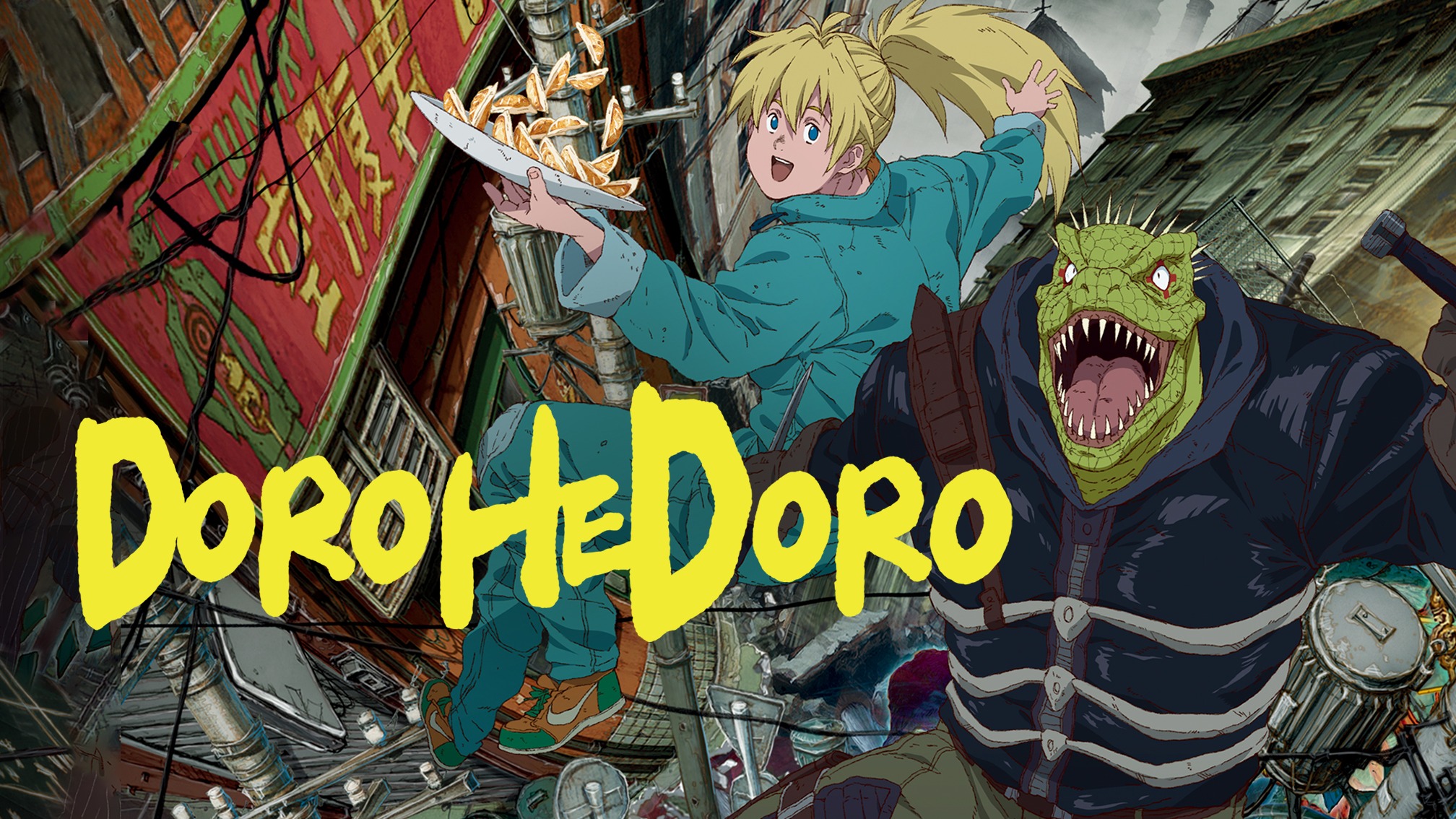
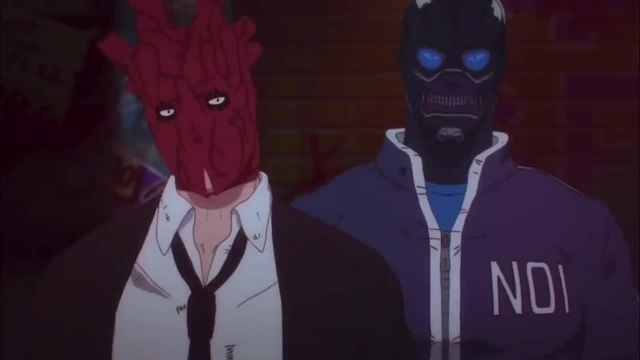
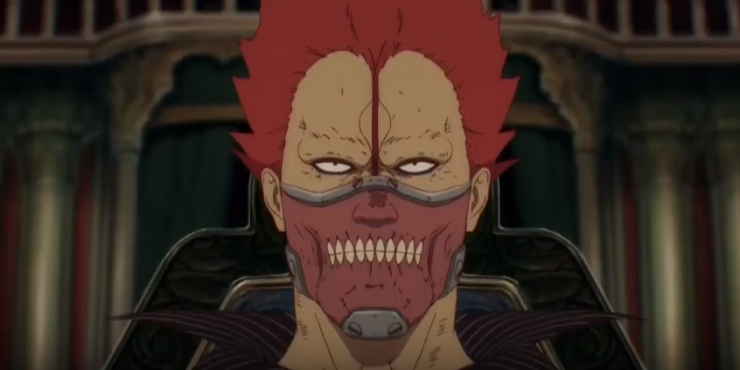
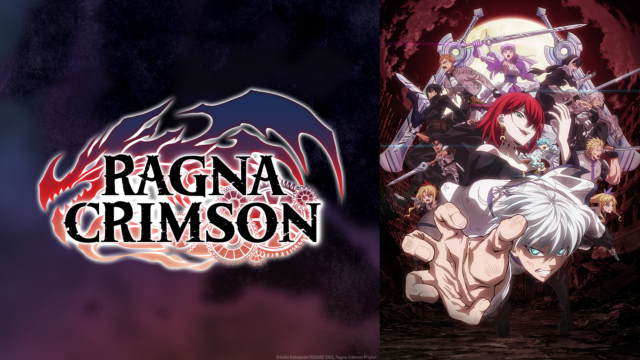

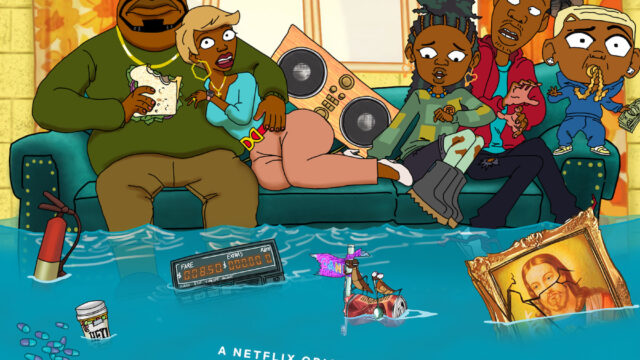
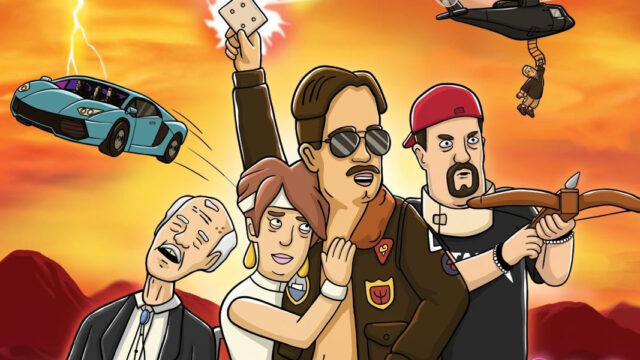

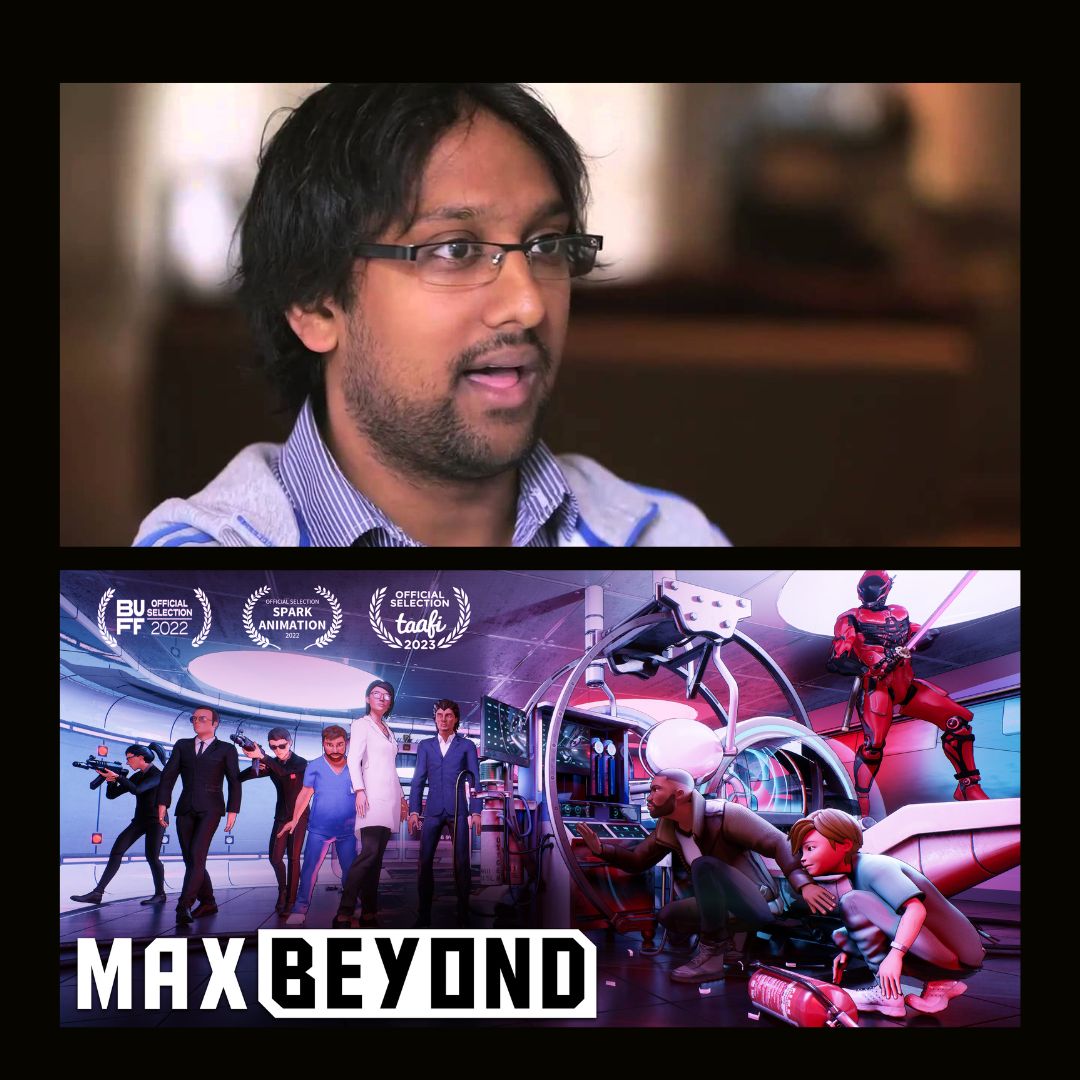



















Hi Ashley, thank you so much for reading and we love the feedback. Note that on that day we had 14th posts go up and only ten posts show on the front page, so it's possible the preview had already been archived by the time you got to it. One recommendation would be to add our RSS feed to your favorite news aggregator service like Feedly, this way you get all of the latest posts!